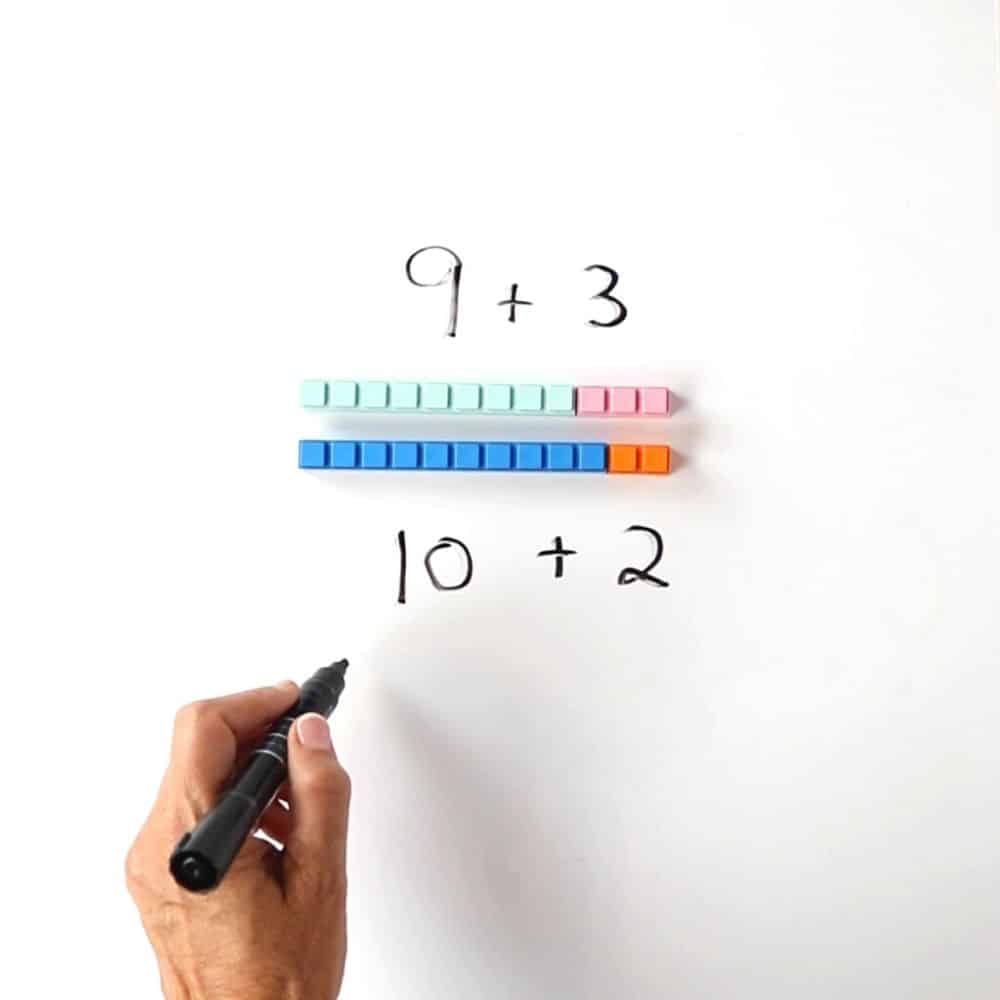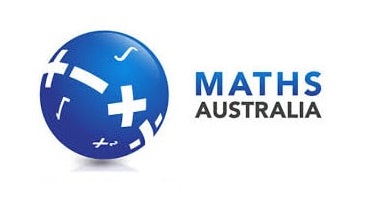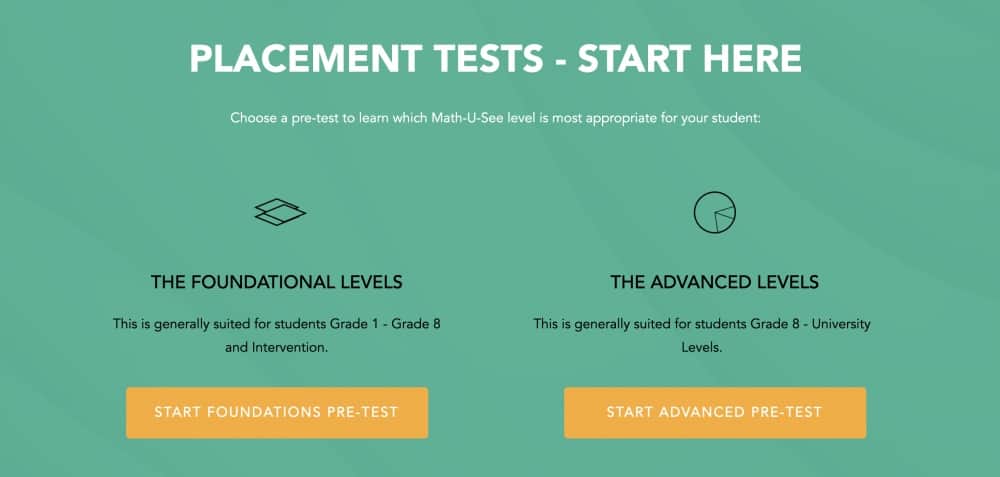
Why doesn't abstract maths work?
Abstract maths can often be taught in very abstract ways. I know that almost a pun, but it's true. When learning maths, it's important to first start with the foundational concepts before moving on to the more advanced stuff - abstract maths.
It makes sense, right? It's the same as learning to walk or riding a bike. You don't start running a marathon before you've learnt to walk. You don't join the circus on a one-wheeled unicycle before first learning to ride a normal bike.
The same is with maths. You don't start with the abstract concepts before first making sure the concrete phase and representational phase are first covered.
Specific methodology is important
This Concrete to Representational to Abstract (CRA) methodology is research proven to work with students to teach any subject, particularly maths. So why use this method of teaching specifically with maths?
Well, because maths is a certain subject that has a bad history of being taught incorrectly. Most teachers start with the abstract phase - the end phase - by writing up equations on the whiteboard. They can't understand why students struggle to grasp the meaning and often they lose confidence in themselves and in the subject.
You're not a bad maths teacher if your student don't understand what you're teaching them. They aren't bad students either. It just means the subject isn't being taught properly in a hands-on, tactile way that makes sense.
How do you help students failing maths?
Every educator has seen students struggling in maths. Whether they are struggling to retain maths facts; failing to apply what we may see as simple; or simply deciding they are “dumb”. As educators, we feel the heartache of a struggling student and search endlessly for what will “work”; for what will make a difference in their learning journey.
When this struggle begins in the early years, students often fail to catch up. Unable to grasp simple concepts and to truly understand maths, the gap widens as new teachers/ new curriculae/ new and “better” methods are presented to try to fix the underlying problem.
In desperation to progress and to keep up with curriculum and year-specific requirements, schools and home educators most often then revert to teaching the “how” of merely getting an answer to pass a test. A formula is learnt, devoid of understanding, and the student is left dependant on the question being asked the same way for the next test.
As educators, we feel the heartache of a struggling student and search endlessly for what will "work"; for what will make a difference in their learning journey.
Why is abstract maths hard?
Often students are presented with traditional methodologies typically, books or websites with sums worked out on a whiteboard. This may be followed by maths fact recall, and completing sums in a student workbook. All of these methods are abstract and confusing to a student who learns in a multi sensory way; or who may not yet - even according to their age - have the ability to think abstractly.
According to extensive research and evidence-based findings, maths must be taught using a progression from concrete, to graphic representation, to abstract (referred to as the CRA method) as shown in the diagram below.
CRA Methodology

In other words, the student must touch, feel and see maths; then be able to draw it, before being able to apply it in abstract and real life situations.
That's where the Math-U-See hands-on manipulatives come into the picture.
These manipulatives are the hands-on, tactile piece that shows the "concrete phase" of maths in a way that students can see, touch and feel the numbers. By using all of their senses when learning, student's not only want to engage more in the topic, but they also retain knowledge much better. It's research-proven.

If you want your student to succeed in maths, be confident and take maths mastery into their workplace and community, make sure to include the following:
1. Use hands-on, concrete examples
Ensure that you, as the teacher, truly understand what you are teaching, and can show this to your student using hands-on, concrete manipulatives.
2. Use them regularly
se hands-on, concrete manipulatives as the basis for explaining every maths concept (not just as an optional add-on). There's no point having this amazing tool for teaching maths locked away in the cupboard collecting dust. Use them!
3. Follow a step-by-step process
Follow the “Concrete-Representational-Abstract” methodology and check mastery of each lesson before progressing to the next.
When a student is taught using a CRA methodology, with the inclusion of multisensory manipulatives, they rapidly improve in their understanding, application and confidence in their own ability.
Want to get started?
The first place to start is to determine your student's current level of maths understanding. Have they conquered Place Value? Do they know addition and subtraction without finger counting? Can they easily multiply and divide?
There's an easy way to answer all those questions. You can take our free diagnostic test with your student to determine what they know and what they don't know. It's all online and very accessible to students.
At the end of the Placement Test, your student's results are automatically calculated. You'll know where to start and how to fill in those gaps in their maths understanding.
Here's the link to the free diagnostic Placement Tests:


